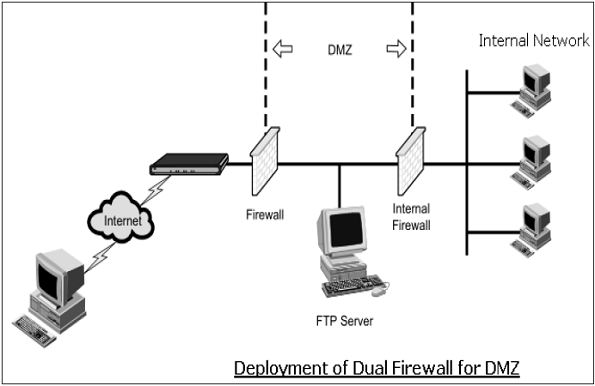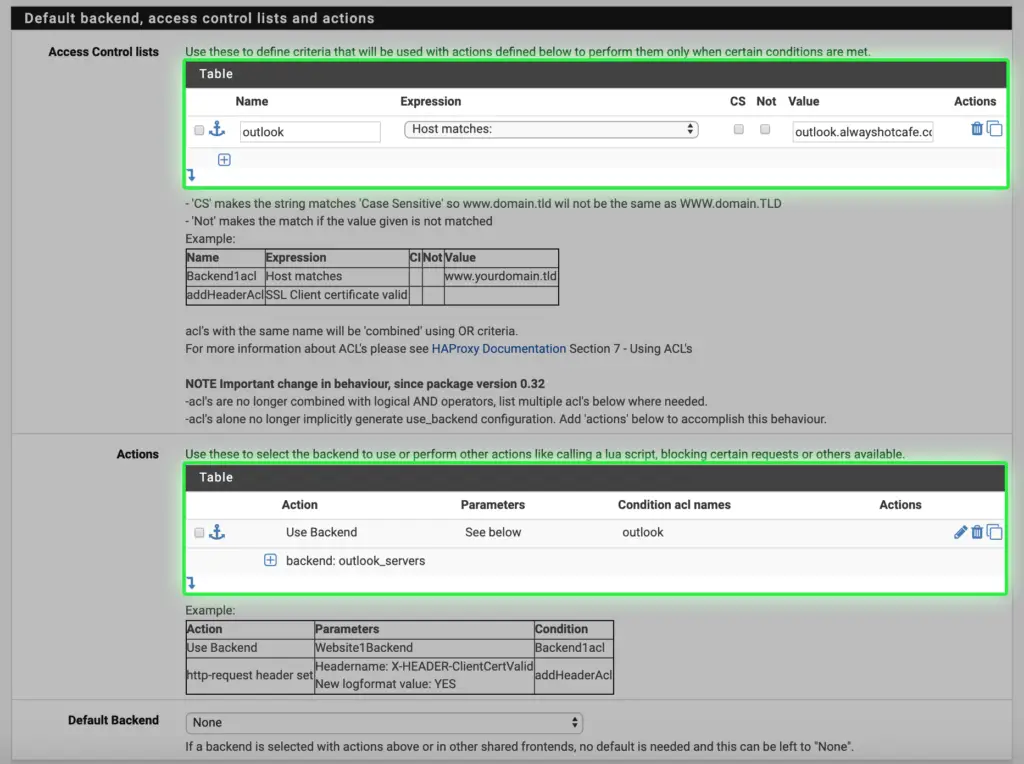

- Firewall builder blocking inbound traffic how to#
- Firewall builder blocking inbound traffic windows 10#
- Firewall builder blocking inbound traffic software#
- Firewall builder blocking inbound traffic windows#
Right-clicking and selecting Enable Rule will enable it back. Step 6: Find the rule you wish to disable or delete by right-clicking and select which you want to do.ĭisabling will remove the green chcheckmarkext to the rule you disabled. You can choose the rules based on your specific needs and decide what you would like to accomplish. For this guide and to demonstrate this in an example, we selected Inbound Rules. Step 5: Select Inbound Rules or Outbound Rules regarding which firewall you wish to disable or delete. Step 4: Find and select Advanced Settings on the leleft-hand side
Firewall builder blocking inbound traffic windows#
You can disable or delete firewall rules within your Windows Firewall as well by following these steps. Your Port or Rule should now be blocked, and a red circle (or the equivalent) appear within your Firewall Rules. Step 2: Select the General tab and choose "Block the Connection." Click Apply when done Step 1: Find the port or rule you want to block and right-click-select Properties from the available options. Your port should now be open immediately after configuration and select Finish.

Step 10: Some Windows Firewalls will allow you to name the rule and provide a description, which will be the last step. You can select all the boxes, but generally, you will want to ensure " public" is checked. Step 9: Select the rules this applies to and that you find necessary. Step 8: Now select whether or not the connection allows the connection or blocks the connection. Add the port manually in the text box and click " Next" when you have specified this to fit your needs. It's worth noting that the majority of ports will use TCP unless otherwise specified. Step 7: Choose the type of connection to apply, either TCP or UDP.
Firewall builder blocking inbound traffic how to#
Step 6: For this guide illustrating how to open and block ports, select the Port option to add a rule for an incoming or outgoing port. Typically, it is suggested to create the same rule for the opposite Inbound or Outbound option for simplicity and security. Right-hand click on either Inbound Rules or Outbound Rules to create a New Rule Outbound Rules: These rules regulate what goes out of your computer.Inbound Rules: These rules regulate what comes into your computer.You will have two different rules you can edit:

Step 5: The advanced settings should open now. Step 4: Find and select Advanced Settings on the left-hand side Step 2: Select System Security from the available options Step 1: Open your Control Panel by searching for it in your Windows Search bar. However, steps for other Windows versions should be similar in nature.
Firewall builder blocking inbound traffic windows 10#
Steps are outlined using Windows 10 (Windows 2016 Server). This means connections to devices like your printer are not blocked. Therefore, unless manually blocked, connection locally is not filtered. Typically Windows Firewall only applies to outside connections and unknown connections.
Firewall builder blocking inbound traffic software#
By design, Windows Firewall is doing its job by ensuring you are aware of the connection before the connection being made and avoiding potentiality harmful software packages. In this event, the Windows Firewall is not recognizing the IP trying to connect or the IP you are trying to connect to. For example, you may notice Administrator pop-ups when a program needs access, requiring you to confirm or deny the request. Traffic coming in and out of your Windows server has ports designed to provide direction past the location where the IP points to ( i.e., in the URL will direct the site to port 8080). Windows Firewall is a built-in system that is designed to filter incoming and outbound traffic. This article is intended for Hostwinds clients who need to open or block a port to their Windows VPS, and we will go over how to do this using this simple-to-follow guide with step-by-step instructions. However, this article will discuss the Windows built-in firewall and how to open and close ports. By default, Hostwinds does not block any ports on your VPS.


 0 kommentar(er)
0 kommentar(er)
